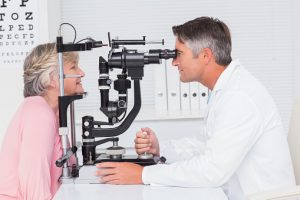
But research suggests high cholesterol isn’t threatening your heart only. In fact, it may also impact your vision.
Cholesterol contributes to vision problems
Studies have looked at the relationship between high cholesterol and vision problems and have found that high cholesterol may contribute to retinal vein occlusion, which is a condition that causes sudden blindness. This condition occurs because plaques build up in the arteries, preventing blood flow to the eyes. The optic nerve becomes negatively impacted by this reduced blood flow, and the end result is sudden vision loss.
Another vision problem associated with high cholesterol is corneal arcus. The eye will reveal whitish, gray, or yellowish deposits associated with high cholesterol. This colored ring appears around the retina and has been found to be related to diabetes and high blood pressure. The main course of treatment for corneal arcus is controlling cholesterol levels.
High cholesterol can also lead to xanthomas, yellowish bumps that appear on the skin and, in some cases, on the eye. Normally, xanthomas aren’t harmful but can lead to disfiguration. In some cases, the yellowish bumps burst, which require medical attention immediately.
The takeaway message here is that high cholesterol is bad for your health as a whole, not just for your heart. If your doctor has expressed concerns about your cholesterol, you should take the necessary steps to lower your levels – not only for improving your heart, but for maintaining your vision as well.